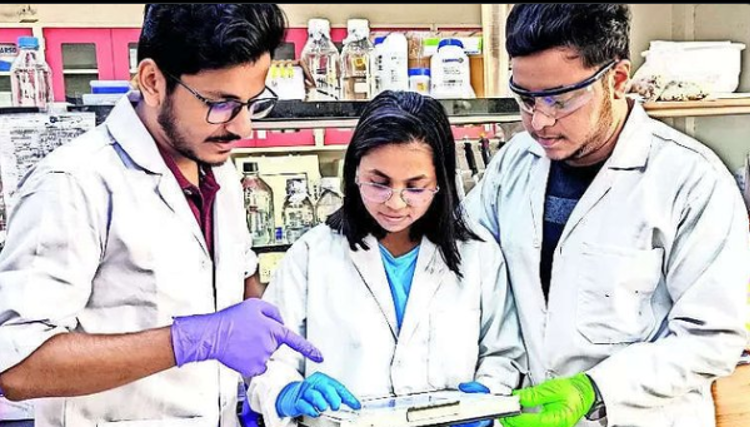Indian researchers develop new way to mass produce proteins
31-May-2024Their novel method relies on the common food additive mono-sodium glutamate (MSG) to activate protein production in yeast cells.

In a breakthrough that could make the mass production of therapeutic proteins safer, researchers at the Indian Institute of Science (IISc) have developed an alternative to the commonly used methanol-based process.
Their novel method relies on the common food additive mono-sodium glutamate (MSG) to activate protein production in yeast cells.
Mass production of recombinant proteins like vaccine antigens, insulin and antibodies typically involves growing genetically modified yeast cells in large bioreactors. The widely used yeast Pichia pastoris contains a promoter gene that is activated by methanol, triggering the cells to churn out the desired protein.
However, methanol is highly flammable, hazardous and requires stringent safety measures. It also produces harmful byproducts like hydrogen peroxide that can stress the yeast cells and damage the proteins.
"Methanol is highly flammable and hazardous, requiring stringent safety precautions," explained PN Rangarajan, Professor at IISc's Department of Biochemistry and corresponding author of the study published in Microbial Cell Factories.
The IISc team found that MSG, approved as a food additive by the USFDA, can activate a different promoter in the yeast genome coding for an enzyme called phosphoenolpyruvate carboxykinase (PEPCK). Activating this promoter with MSG led to similar levels of protein production as the methanol-based process.
The breakthrough came when the researchers supplemented the MSG culture with ethanol, which helped the yeast cells grow faster and increased the biomass and protein yield. Ethanol is also safer than methanol for the cells.
Testing their system on the SARS-CoV-2 receptor binding domain antigen, the team found it produced twice as much protein compared to the methanol method.
The researchers have been granted an Indian patent for this indigenous expression system and filed for a US patent.







